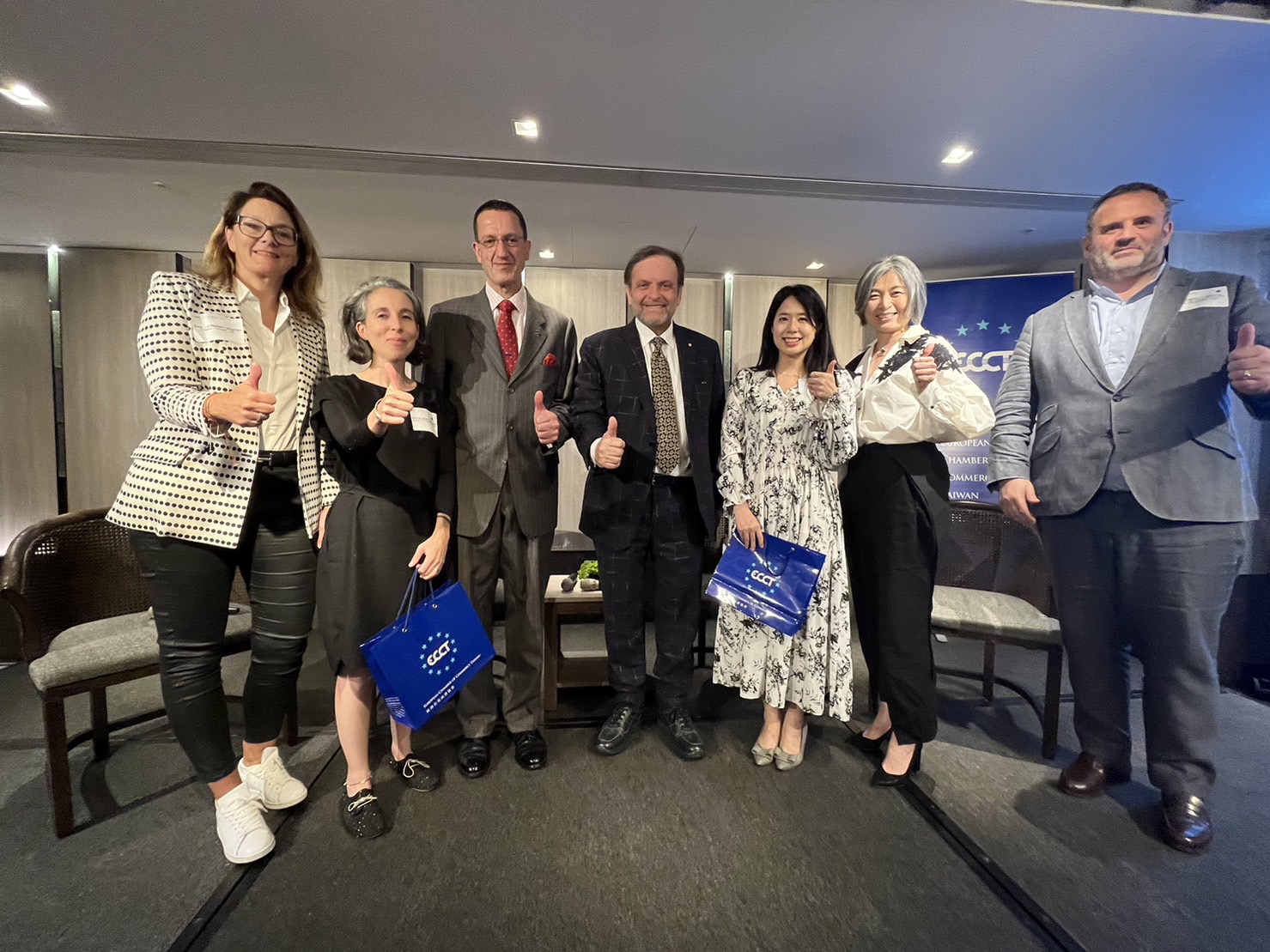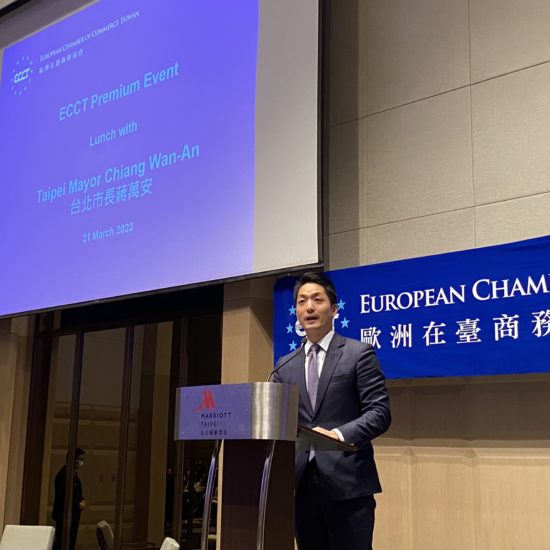Beauty trends in Taiwan

The ECCT’s Cosmetics committee arranged a lunch on beauty trends in Asia and Taiwan featuring guest speakers Marie-Anne Lezoraine, Managing Director of the Worldpanel Division of Kantar Philippines & Taiwan and Tammy Lin (Jih-Hsuan), Distinguished Professor at National Chengchi University. At the event Marie-Anne Lezoraine gave an update on beauty industry and shopping behaviour trends in Taiwan and Asia while Tammy Lin spoke about the potential use of the metaverse for brand marketing.
Drawing on research about the beauty behaviour of 7,000 women in Taiwan, Lezoraine summarised eight beauty trends in 2023:
Recovery of offline sales: While sales of beauty products online had been rising steadily in recent years, they saw a sharp increase during the pandemic when people were unable or unwilling to go shopping in person. However, the e-commerce growth momentum has now slowed down as more people have gone back to shopping in person. Online sales increased from 21% of total sales (by value) in 2020 to 28% in 2021 and to 30% in 2022 while department store sales accounted for 32% of the total and personal care stores 14% in 2022.
Digital enhanced role in consumer journey: The internet is playing an increasingly important role in the beauty consumers’ experience and generating new expectations on the part of consumers. For example, 44% of consumers now want to use an augmented reality try-on to confirm shades before making a purchase while 53% of consumers want to have access to a remote skin test for better advice.
Silver shift to e-commerce: More consumers over the age of 55 are now buying products online and the gap between younger and older consumers shopping online has shrunk.
Beauty without a mask: Sales of skincare, skin protection and make-up products have picked up since people have stopped wearing face masks all the time, although they have not yet recovered to pre-pandemic levels. People spending more time outdoors has also made them more willing to explore more channels.
Sustainability: Sales of environmentally friendly products have grown along with rising awareness of environmental sustainability issues. In particular, there has been a rise in sales of vegan products, especially among younger consumers. Consumers now have high expectations of manufacturers and retailers to provide both sustainable products and packaging, such as using recyclable materials and providing refillable containers.
High efficacy and gentle care: Consumers have become more mindful of their specific concerns. Derma brands with proven efficacy and gentle care have become a compelling choice across categories including facial skincare, body care, and hair care.
Skinification (defined as the growing influence of skin care habits on makeup, hair and body, particularly in ingredients) is a growing trend.
Scent everywhere: Fragrance is a rising trend globally as well as in Taiwan. The demand for scented beauty has expanded beyond personal perfume products to other daily products such as hand wash, room spray, bath oil and hair mist. Consumers are looking for differentiation. The neutral woody scent is rising in popularity.
Tammy Lin spoke about how the metaverse can be used for boosting well-being as well as for brand marketing purposes. She showed a number of examples of how brands are already using augmented and virtual reality to connect with existing customers and find new customers.
Augmented reality apps now make it possible for users to virtually try on clothes or make up. This benefits consumers and brands because it allows consumers to try out a much wider variety of choices in their own time before they visit an actual makeup counter or store or make a purchase. Besides the benefits to consumers, it also eases the burden on brands to provide in person services.
There is also a rise in the number of companies providing a virtual reality immersive experience (using virtual reality headsets) where customers can get an almost real experience enhanced by the brands’ products. Some brands are creating virtual theme parks, as a way to try to attract potential new customers.

